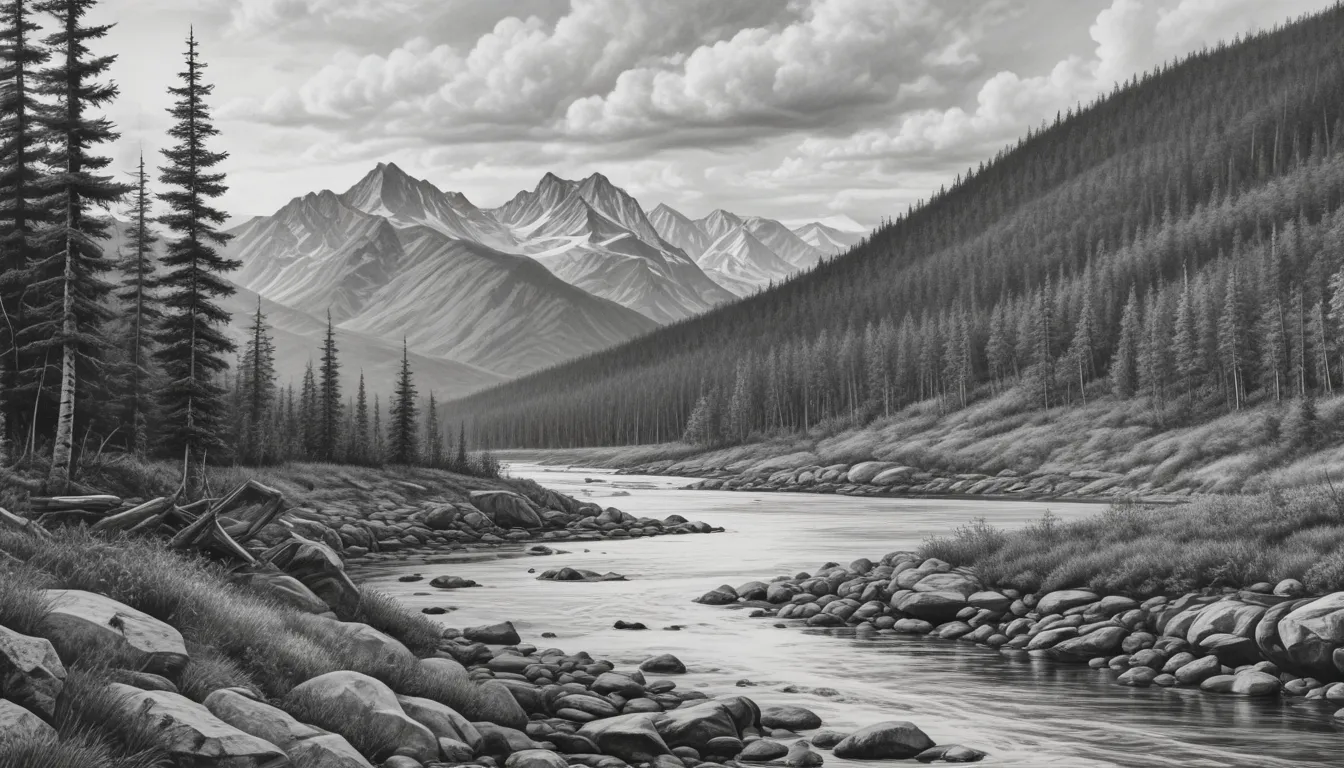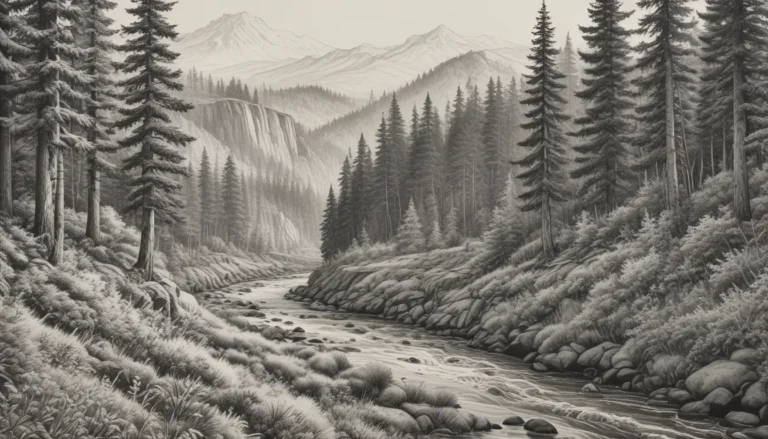The images in our articles are for illustrative purposes only and may not exactly match the content. They are intended to capture your interest and complement the text, not to replace it.
Welcome to the captivating world of Yukon, a land brimming with pristine wilderness, rugged beauty, and a rich tapestry of history and culture. Nestled in the northwest corner of Canada, Yukon beckons adventurers and nature enthusiasts with its stunning natural wonders and unique heritage. Join us on a journey through this “Larger than Life” territory as we delve into 10 fascinating facts about Yukon, shedding light on its intriguing past, awe-inspiring wilderness, and vibrant communities.
Embracing Nature’s Beauty
Yukon, Canada’s smallest territory, is a haven for nature lovers and adventure seekers. From the world’s tiniest desert, the Carcross Desert, to the majestic Mount Logan, the highest peak in Canada, Yukon offers a diverse range of landscapes that will leave you in awe. Its rich history, from the Klondike Gold Rush to cultural celebrations, along with its mesmerizing Northern Lights and diverse wildlife, provide a memorable journey into the heart of the Canadian wilderness.
Discovering Yukon’s Charms
Yukon is the westernmost and smallest of Canada’s three federal territories. Its stunning natural landscapes, including mountains, forests, and rivers, offer a unique blend of Indigenous culture, outdoor adventures, and a history shaped by the Klondike Gold Rush.
The Gold Rush Legacy
The Klondike Gold Rush, which began in 1896 after the discovery of gold in Bonanza Creek, attracted thousands of prospectors to the region. This pivotal event led to the establishment of Dawson City and continues to fascinate people worldwide with its tales of fortune and adventure.
Natural Wonders Await
Yukon is home to the world’s smallest desert, the Carcross Desert, offering a stark contrast to the surrounding boreal forest and mountains. Additionally, the territory boasts Mount Logan, the highest mountain in Canada, standing tall at 5,959 meters, beckoning mountaineers and outdoor enthusiasts to its challenging slopes.
Cultural Significance
The official flower of Yukon is the fireweed, known for its vibrant pinkish-purple blooms. This resilient flower holds cultural significance and symbolizes the territory’s thriving beauty in the wild landscapes.
Meandering Waters
The Yukon River, one of the longest rivers in North America, flows through the territory, spanning approximately 3,190 kilometers. Its meandering path through the wilderness showcases the untamed beauty of Yukon’s natural environment.
A Spectacle in the Sky
Yukon experiences the mesmerizing phenomenon of the Northern Lights, or Aurora Borealis, painting vibrant colors across the night sky. This magical display adds to Yukon’s enchanting landscape, drawing visitors from around the globe.
Wildlife Haven
Yukon is home to a diverse range of wildlife, including caribou, grizzly bears, and Dall sheep. The untamed wilderness provides a habitat for these majestic creatures, offering wildlife enthusiasts a glimpse into nature’s beauty.
Celebrating Culture
Yukon’s cultural heritage is celebrated through festivals such as the Adäka Cultural Festival, showcasing the traditions of Indigenous peoples through art, music, dance, and storytelling. This vibrant celebration preserves the diverse cultural heritage of the territory.
Pioneering Spirit
The S.S. Klondike, a historic sternwheeler preserved as a National Historic Site, highlights Yukon’s riverboat era and the importance of river travel in the early 20th century. It stands as a reminder of the pioneering spirit that shaped Yukon’s development.
Embracing the Yukon Experience
Yukon’s blend of natural wonders, rich history, and vibrant culture continues to intrigue and inspire visitors worldwide. Whether exploring iconic Gold Rush sites, witnessing the Northern Lights, or immersing in Indigenous traditions, Yukon promises a unique and unforgettable experience for all.
Conclusion
Yukon’s captivating territory offers a rich tapestry of history, stunning landscapes, and vibrant culture. From its breathtaking wilderness to its unique events and traditions, Yukon provides an unforgettable experience for visitors and residents alike. Embark on a journey through the heart of the Canadian wilderness, where adventure, natural wonders, and a deep connection with the great outdoors await.
FAQs
What are the best times to visit Yukon?
The best times to visit Yukon are during the summer months, from late May to early September, when the weather is milder, and the days are longer, allowing for more outdoor activities and exploration.
What are the must-visit attractions in Yukon?
Some of the must-visit attractions in Yukon include the Klondike Gold Rush historic sites, Kluane National Park and Reserve, the SS Klondike National Historic Site, and the Takhini Hot Springs. These destinations offer unique insights into Yukon’s history, culture, and natural beauty.






